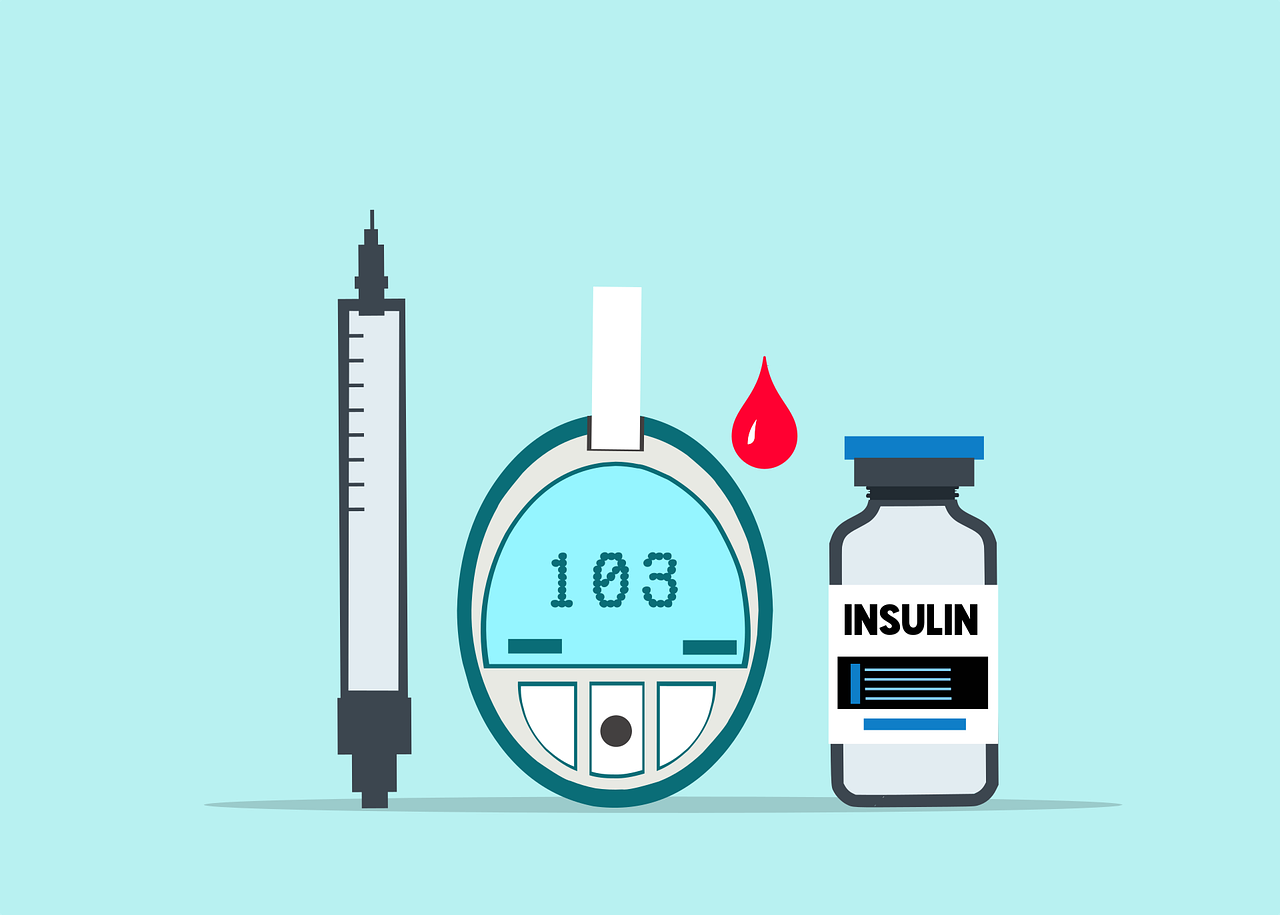Understanding Type 1 Diabetes
Diabetes is a chronic disease that affects millions of people around the world. There are two main types of diabetes: type 1 and type 2. Although both types causes high blood sugar levels, they have different causes and treatments. In this blog, we will be focusing on the journey toward type 1 diabetes.
Type 1 diabetes, also known as juvenile diabetes or insulin-dependant diabetes, is an autoimmune disease where the body’s immune system attacks and destroys the cells that produce insulin. Insulin is a hormone that regulates the amount of glucose in the blood, and glucose can dangerously build up in the blood if not enough insulin is produced.
The exact cause of type 1 diabetes is still unknown, however, it is believed to be a combination of genetic and environmental factors. People who have a family history of the disease, and those with certain viruses may be at a higher risk of developing type 1 diabetes.
Common symptoms of type 1 diabetes include frequent urination, excessive thirst, sudden weight loss, fatigue, blurred vision, and slow healing cuts and bruises. These symptoms can develop quickly, usually between a time period of weeks or months.
Diagnosis of type 1 diabetes is confirmed through a combination of both different symptoms and a blood test to measure a person’s glucose levels. When diagnosed, treatment involves daily injection of insulin to regulate blood glucose levels, and will also involve careful monitoring of diet and exercise, amongst other influential factors.
Living with type 1 diabetes can be a challenging journey, but it gives you the opportunity to take control of your own health and well-being. However, it is important to work closely with your healthcare provider, and create a treatment plan that works best for you. Make sure you are regularly monitoring your blood sugar levels, whilst eating a balanced diet, getting enough physical activities, maintaining improved sleep hygiene/practices, and managing stress levels. These are some of the important steps in managing type 1 diabetes. However, each person living with type 1 diabetes is very individual. Frustratingly, there is not hard or fast rule, and each day can bring it’s own challenges. However, monitoring and awareness are key to constituent managing the condition. Brushing things under the proverbial carpet can be a dangerous preoccupation, regardless of how emotionally charged it can feel at times.
In conclusion, millions of people around the world are affected by type 1 diabetes. While it can be a difficult journey, with the right treatment and plan, you will be able to live a full and healthy life. If you recognise any symptoms or concerns, please contact your healthcare provider.
Blog edited by our Cuppa Squad volunteers and contributors, Bella Ming and Lianne Dong.

